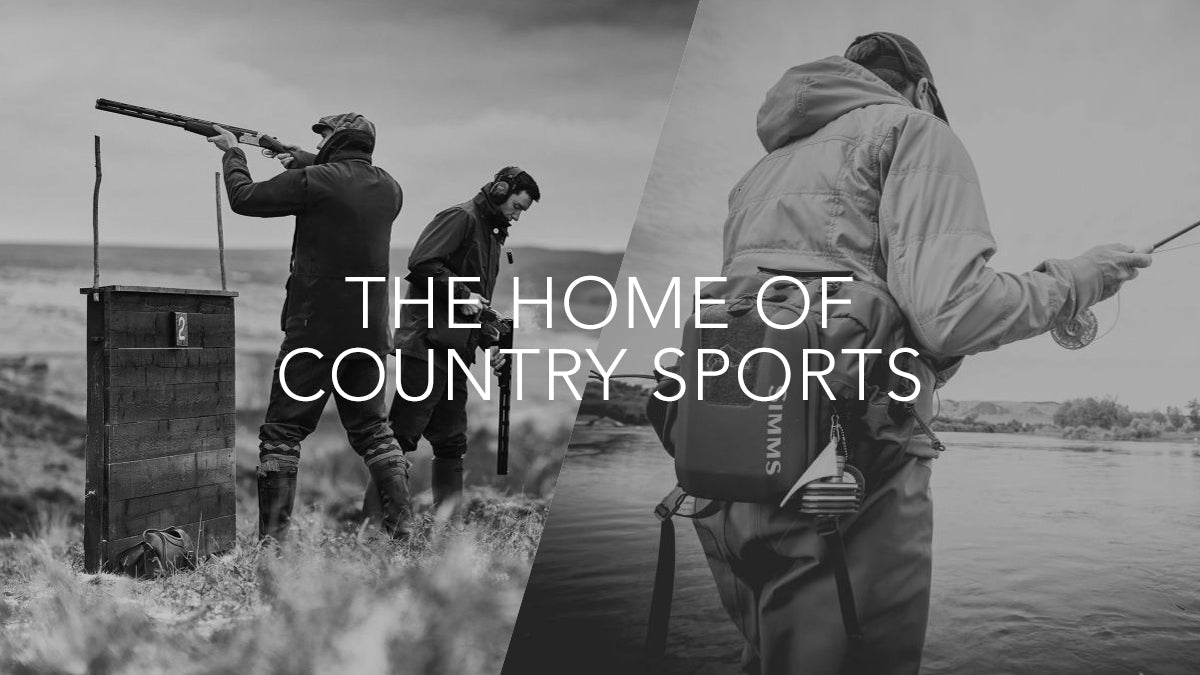Wading Boots - Felt or Vibram - which is best?
Wading in a river can be be dangerous if your wading boots aren't up to the task and proper safety precautions are not taken. It’s important to know your options when it comes to wader boots, and also be informed of the safety precautions you can take before wading in rivers.

Pros and cons of Felt sole and Vibram sole wading boots.
When it comes to the soles of wading boots, your options are Felt and Vibram soled boots - each type of sole has its own set of pros and cons. You should consider river conditions while also keeping comfort at the forefront of your priorities.
Pros and cons of felt sole wading boots
On the positive side, felt soles are renowned for delivering outstanding traction on slippery rocks, making them a favored option among anglers navigating swift streams and rivers. Characterized by a softer and more flexible composition compared to Vibram soles, felt soles often offer enhanced comfort during extended periods of wear.
However, felt soles are known to trap and transport invasive species, such as algae and other aquatic plants. This can lead to the spread of these species to new bodies of water, which can have a negative impact on the local ecosystem. They also tend to absorb water and take more time to dry out than Vibram soles, they require more maintenance and wear out quicker than Vibram soles.

Pros and cons of Vibram sole wading boots
Renowned for their robustness, Vibram soles exhibit exceptional durability, capable of withstanding rigorous use and challenging terrains. Additionally, these soles are recognized for their cooling and breathable properties, presenting a distinct advantage over felt soles, particularly in warmer weather conditions.
However, they also tend to have less traction on slippery rocks which can be a disadvantage in fast-moving streams, and can be harder and less comfortable to wear.
If you frequently wade in fast-moving streams and rivers and prioritize traction over durability, felt soles may be the better option. If you plan to fish in warm weather and prioritise durability and ease of maintenance, Vibram soles may be the better choice.
 Our product pages will provide guidance on sizing and help you determine the correct size for you. Browse of range of Felt and Vibram soled wading boots here.
Our product pages will provide guidance on sizing and help you determine the correct size for you. Browse of range of Felt and Vibram soled wading boots here.
Wade safely
Prioritize checking water conditions as a crucial first step. Before entering the river, assess factors such as water depth, current speed, and the presence of obstacles or hazards. Steer clear of wading in high water or strong currents, as these conditions pose challenges and elevate the risk of accidents.
Adopt a cautious approach by taking deliberate and unhurried steps while wading in a river. Refrain from sudden movements or leaping between rocks. Identify stable footing areas, such as sizable rocks or gravel bars, while avoiding precarious surfaces like muddy or algae-covered rocks. Stay vigilant for alterations in water depth or current speed, and be aware of potential hazards like fallen trees or large boulders. This mindful approach ensures a safer and more secure river wading experience.
Ensure the use of a personal flotation device (PFD) or life jacket while wading in rivers, regardless of swimming proficiency.
Wearing a wading belt can effectively minimize the risk of water entering your waders in the event of a fall.
A wading staff can help provide additional stability and support when navigating rocky river bottoms or uneven terrain. Use it to probe the riverbed and test the depth and stability of each step before taking it. Browse our range of durable wading staffs here.

Visit us in store for expert advice, or browse our collection of wading boots online.

